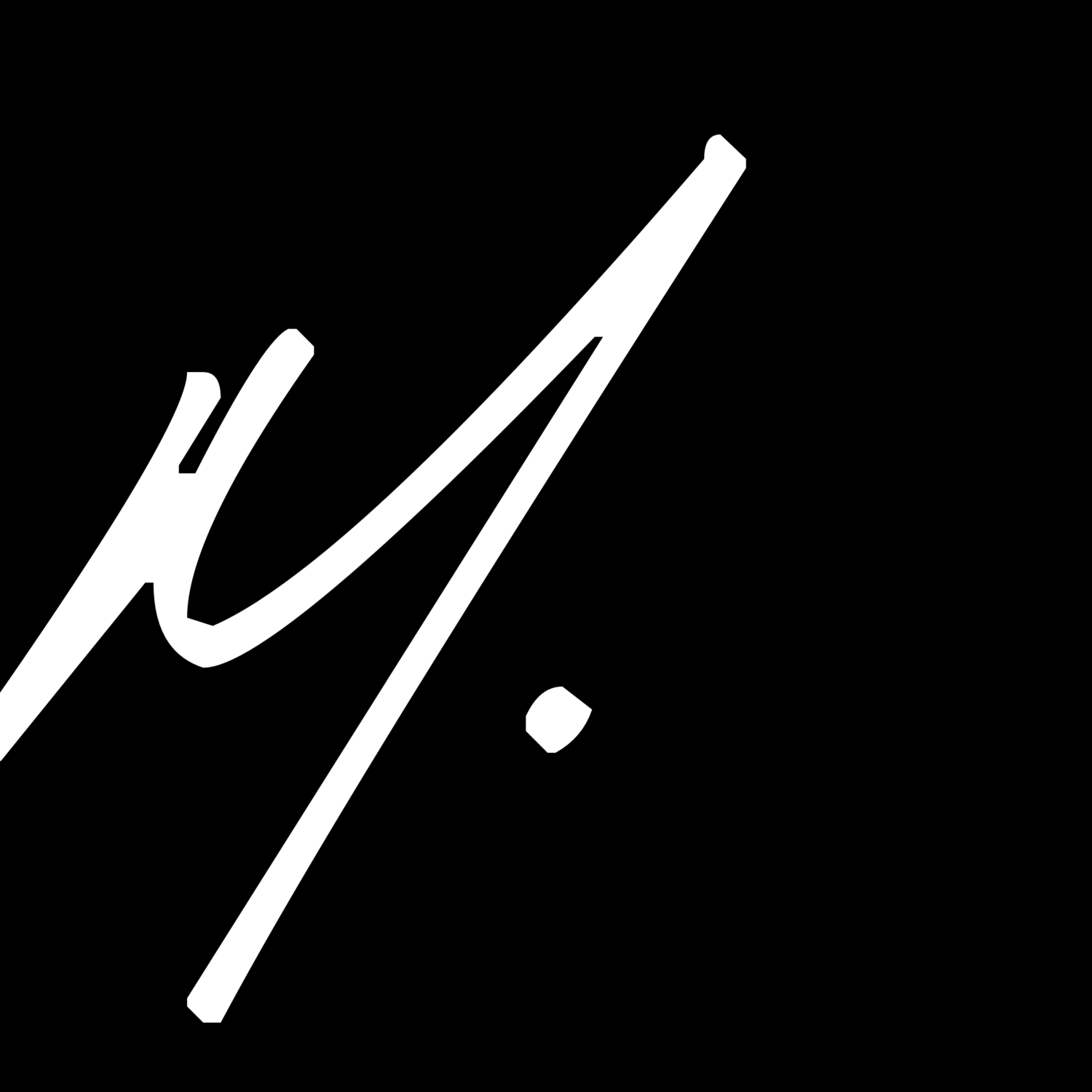The Evolution of Luxury Fashion: Embracing Minimalism and Modernism
The world of luxury fashion is known for its opulence, intricate designs, and iconic logos. However, in recent years, a noticeable shift has occurred as many renowned luxury fashion brands have chosen to embrace minimalism and modernism in their branding and design aesthetics. This bold move has sparked conversations and debates among fashion enthusiasts, industry insiders, and consumers alike. In this blog post, we will delve into the pros and cons with examples of this rebranding trend and explore its impact on the luxury fashion landscape.
The Pros
Timeless Elegance:
Minimalism and modernism offer a sense of timeless elegance. By stripping away excessive embellishments and focusing on clean lines, sleek silhouettes, and quality craftsmanship, luxury brands can create pieces that transcend fleeting trends and maintain their relevance over time. This approach allows consumers to invest in pieces that can be worn for years, ultimately enhancing the brand's longevity and perceived value.
Broadening Appeal:
The shift towards minimalism and modernism in luxury fashion has widened the appeal of these brands. By toning down flamboyant logos and adopting more subtle branding techniques, luxury fashion houses have attracted a new demographic of consumers who appreciate understated sophistication. This inclusivity has led to increased sales and a broader customer base, thereby expanding the brand's reach and influence.
Sustainable Practices:
The minimalist and modernist approach aligns with the growing focus on sustainability within the fashion industry. By simplifying designs and favoring timeless aesthetics, luxury brands can reduce waste and overproduction. Additionally, minimalism encourages consumers to buy fewer, but higher-quality, items, promoting conscious consumption and reducing the environmental impact associated with fast fashion.
The Cons
Loss of Brand Identity:
Some critics argue that the rebranding of luxury fashion brands towards minimalism and modernism risks diluting their unique brand identities. Luxury brands are often associated with their iconic logos, distinctive patterns, and extravagant designs, which set them apart from other fashion houses. By adopting a more minimalist approach, brands may lose their recognizable visual cues, leading to a potential loss of brand differentiation and customer loyalty.
Reduced Exclusivity:
The exclusivity traditionally associated with luxury fashion may diminish with the move towards minimalism and modernism. As these brands aim to appeal to a wider consumer base, there is a risk of diluting their perceived exclusivity and prestige. Some consumers might view the accessibility as a dilution of the brand's luxury status, which could impact their desire to invest in these fashion houses.
Competing with Fast Fashion:
Minimalism and modernism have become popular design trends not only in luxury fashion but also in the fast fashion industry. As luxury brands embrace these aesthetics, they may find themselves in direct competition with more affordable, fast-fashion alternatives. The challenge lies in differentiating their products and communicating the superior quality and craftsmanship that justifies the higher price point.
These are some luxury fashion brands that have successfully adopted minimalism and modernism in their rebranding strategies, embracing clean lines, simplified designs, and a focus on timeless elegance. Here are some specific examples of luxury fashion brands that have embraced minimalism and modernism in their rebranding efforts:
Celine
Under the creative direction of Hedi Slimane, Celine underwent a significant rebranding in 2018. The brand shifted towards a minimalist aesthetic with clean lines, monochromatic color palettes, and simplified logo designs. The rebranding aimed to create a modern and refined image while maintaining the brand's commitment to craftsmanship and luxury.
Balenciaga
Balenciaga, led by creative director Demna Gvasalia, has embraced minimalism and modernism in its designs. The brand is known for its oversized silhouettes, sleek lines, and a focus on simplicity. Balenciaga's approach reflects a blend of streetwear and high fashion, with minimalistic branding and distinctive yet understated designs.
Bottega Veneta
Under the creative direction of Daniel Lee, Bottega Veneta underwent a rebranding that focused on minimalism and modernism. The brand's designs feature clean lines, minimalist silhouettes, and a focus on craftsmanship. Bottega Veneta's logo has been simplified, and their products often showcase the brand's signature Intrecciato weaving technique in a more subtle and modern way.
Givenchy
Givenchy, with Clare Waight Keller as creative director until 2020, underwent a rebranding that embraced minimalism and modernism. The brand shifted towards cleaner lines, monochromatic color palettes, and more refined designs. The minimalist aesthetic aimed to maintain the brand's elegance while appealing to a broader range of consumers.
Burberry
Burberry, under the creative direction of Riccardo Tisci, underwent a rebranding that incorporated minimalism and modernism into its designs. The brand adopted cleaner lines, simplified logo designs, and a focus on elevated basics. Burberry's rebranding aimed to create a more contemporary and inclusive image while preserving the brand's heritage.
The rebranding of luxury fashion brands towards minimalism and modernism represents a significant shift in the industry. While it has brought forth several advantages, such as timeless elegance, broadening appeal, and sustainability, it also poses challenges like potential loss of brand identity, reduced exclusivity, and competition with fast fashion. The success of this transition ultimately depends on a brand's ability to strike a balance between embracing new design aesthetics and preserving the essence of their unique heritage and craftsmanship. As the industry continues to evolve, it will be fascinating to observe how luxury fashion brands navigate these changes and continue to captivate the hearts and minds of consumers worldwide.



